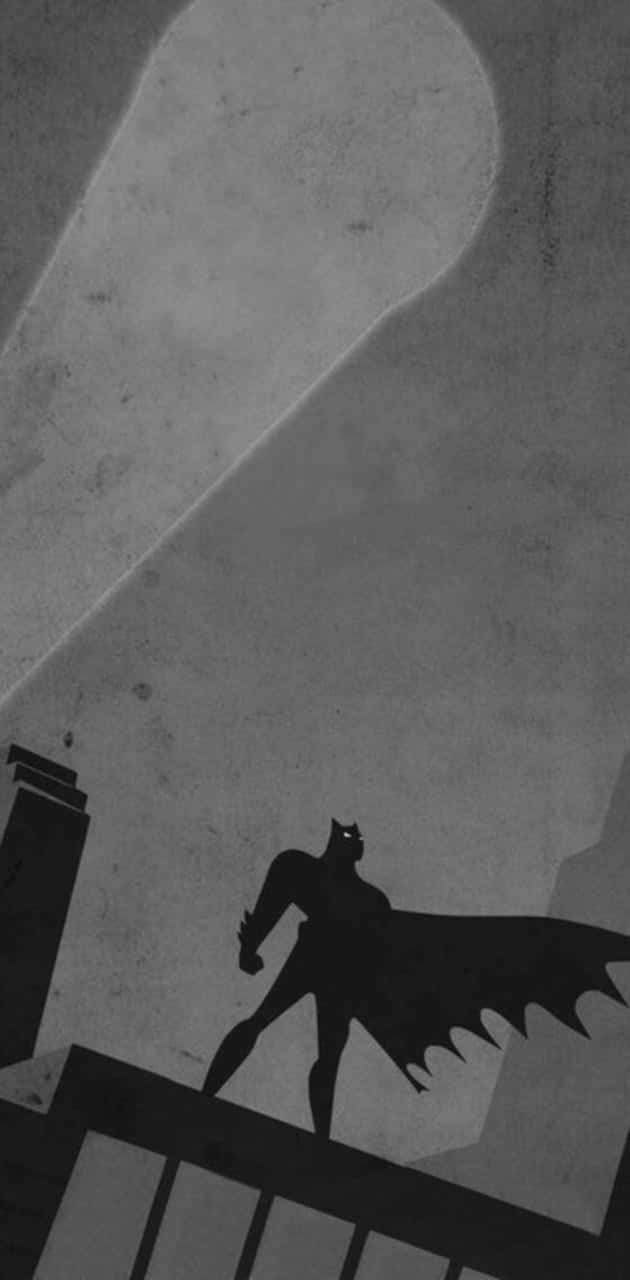
In computing, a mouse is a type of pointing device that functions by detecting two-dimensional motion relative to its supporting surface.
The first prototype computer mouse was made in 1963. The name mouse originated with the original design, which consisted of a wooden shell housing small rolling wheels and inner parts, with a cord dangling off the rear. The cord has since been moved to come off the top but the name stayed the same.
"Douglas Engelbart received a patent for the wooden shell with two metal wheels in 1970, describing it in the patent application as an "X-Y position indicator for a display system." His version of windows was not considered patentable (no software patents were issued at that time), but Douglas Engelbart has over 45 other patents to his name.

Currently, Douglas Engelbart is the director of his company, Bootstrap Institute in Fremont, California, which promotes the concept of Collective IQ. Ironically, Bootstrap is housed rent free courtesy of the Logitech Corp., a famous manufacturer of computer mice.
Blanche
http://inventors.about.com/library/weekly/aa081898.htm
http://en.wikipedia.org/wiki/Mouse_(computing)
































